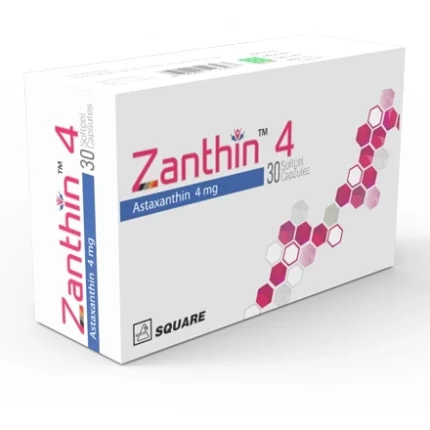Indications:
Ace is prescribed for a wide array of conditions, including fever, common cold, headache, toothache, and more. It effectively alleviates various types of pain, from post-operative to inflammatory, making it a versatile option. Additionally, it provides relief for joint stiffness associated with rheumatic and osteoarthritic conditions.
Pharmacology:
Paracetamol, the active ingredient in Ace, possesses analgesic and antipyretic properties with weak anti-inflammatory effects. Acting primarily in the central nervous system, it increases the pain threshold by inhibiting cyclooxygenase enzymes involved in prostaglandin synthesis. Paracetamol is widely recognized for its safety and rapid pain-relieving action, being well tolerated and devoid of many side effects associated with aspirin.
Dosage & Administration:
Tablet:
- Adults: Take 1-2 tablets every 4 to 6 hours, with a maximum of 4 grams (8 tablets) daily.
- Children (6-12 years): Administer ½ to 1 tablet 3 to 4 times daily. Long-term treatment should not exceed 2.6 grams per day.
Extended Release Tablet:
- Adults & Children over 12 years: Consume two tablets every 6 to 8 hours, not exceeding 6 tablets within a 24-hour period. Tablets should not be crushed.
Syrup/Suspension:
- Dosage varies based on age:
- Children under 3 months: 10 mg/kg body weight, administered 3 to 4 times daily.
- Adults: 4-8 teaspoonful 3 to 4 times daily.
Suppository:
- Dosage varies based on age:
- Children 3-12 months: 60-120 mg, 4 times daily.
- Adults & children over 12 years: 0.5-1 gm, 4 times daily.
Paediatric Drop:
- Dosage varies based on age:
- Children up to 3 months: 0.5 ml (40 mg).
- 7 to 2 years: 1.5 ml (120 mg). Do not exceed more than 5 doses daily for a maximum of 5 days.
Paracetamol tablet with actizorb technology:
- For adults and children (aged 12 years and over), take 1 to 2 tablets every four to six hours as needed. Do not exceed 8 caplets in 24 hours.
- For children (7 to 11 years), take ½-1 tablet every four to six hours as needed. Do not exceed 4 caplets in 24 hours. Not recommended in children under 7 years.
Interaction:
Contraindications:
Ace is contraindicated in individuals with known hypersensitivity to Paracetamol.
Side Effects:
Side effects of Ace are typically mild, although some patients may experience hematological reactions such as thrombocytopenia, leucopenia, pancytopenia, neutropenia, and agranulocytosis. Occasional occurrences of pancreatitis, skin rashes, and other allergic reactions have been reported.
Pregnancy & Lactation:
Epidemiological studies have not shown any adverse effects from Paracetamol use in recommended dosages during human pregnancy. However, patients should consult their doctor for advice regarding its use during pregnancy and lactation. Paracetamol is excreted in breast milk, but not in clinically significant amounts, and does not contraindicate breastfeeding based on available published data.
Precautions & Warnings:
Exercise caution when administering Ace to patients with severe renal or hepatic impairment. The risk of overdose is higher in individuals with non-cirrhotic alcoholic liver disease. Patients should be advised against concurrent use of other Ace-containing products. Ace should only be used as prescribed and when necessary.
Overdose Effects:
Liver damage may occur in adults who ingest 10 g or more of Ace. Ingestion of 5 g or more may lead to liver damage in patients with certain risk factors, such as long-term use of specific medications or excess alcohol consumption. Symptoms of Ace overdose within the first 24 hours may include pallor, nausea, vomiting, anorexia, and abdominal pain. Liver damage may become apparent 12 to 48 hours after ingestion. Immediate treatment is crucial in managing Ace overdose, including considerations for activated charcoal administration and N-acetylcysteine treatment.
Therapeutic Class:
Ace belongs to the therapeutic class of non-opioid analgesics.
Storage Conditions:
Store Ace in a dry place away from light and heat. Keep it out of the reach of children.
Chemical Structure
| Molecular Formula : | C8H9NO2 |
| Chemical Structure : |
















Reviews
There are no reviews yet.